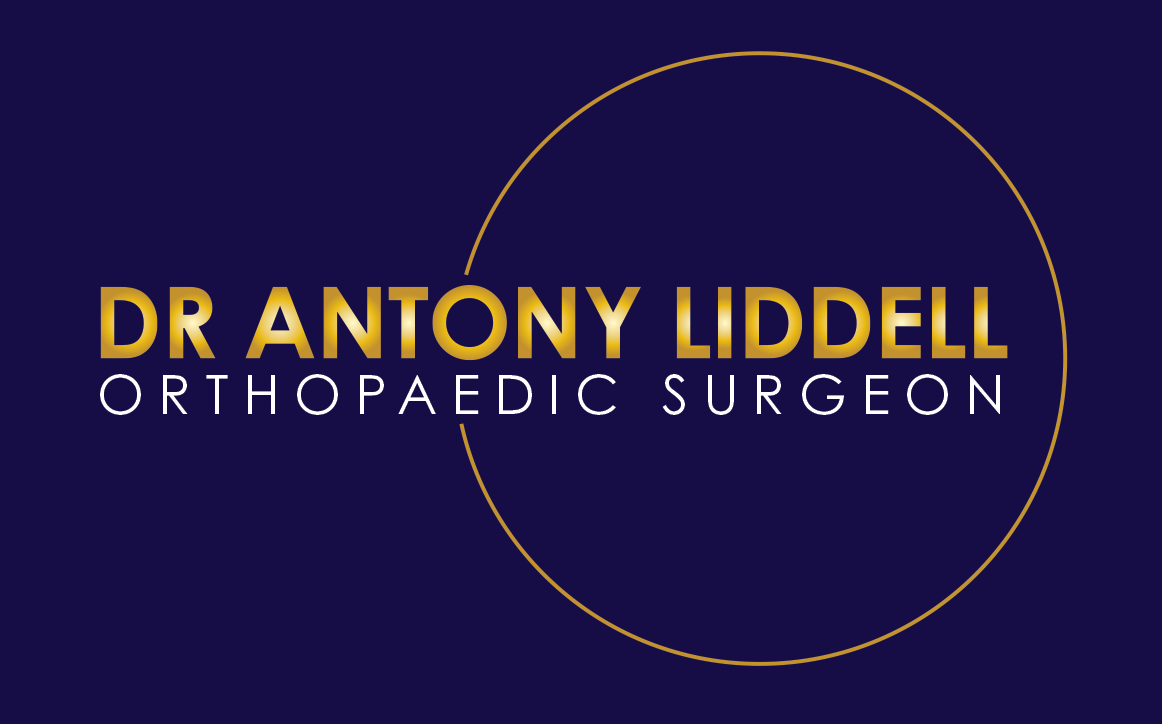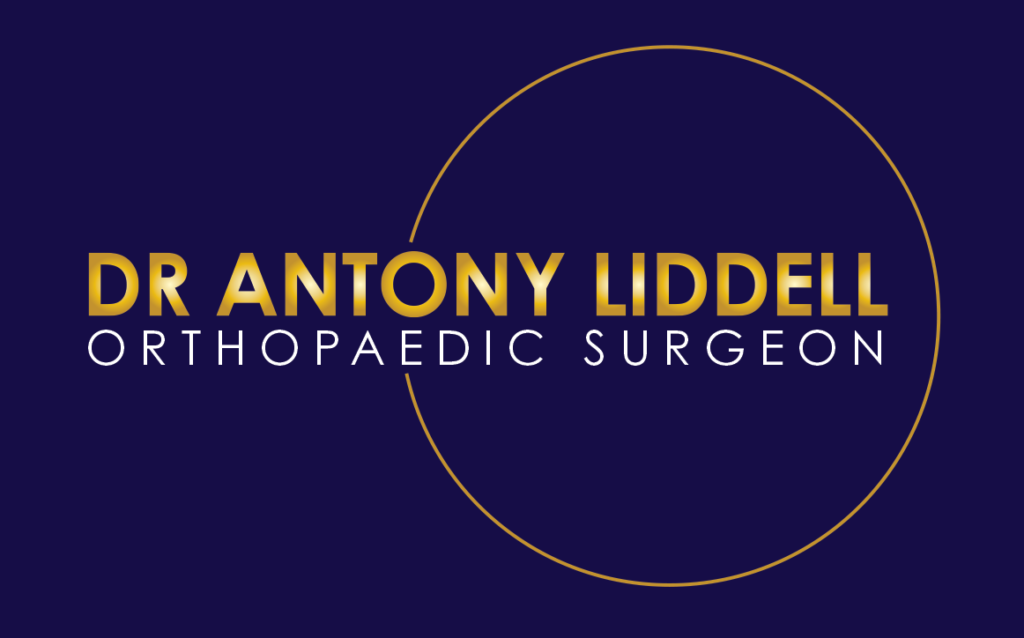Cartilage Grafting (OATS Procedure)
A surgical technique that transplants healthy cartilage to repair localised knee joint defects
Osteochondral Autograft Transplantation (OATS) is a surgical procedure designed to repair damaged cartilage in the knee by transplanting healthy cartilage and bone from one area of your knee to another. This approach is highly effective for treating small to medium-sized areas of cartilage damage, known as osteochondral defects, where both the cartilage and underlying bone have been affected. By using your own healthy tissue, OATS offers a durable and natural repair that can help restore joint function and reduce pain.
HOW IS THE OATS PROCEDURE PERFORMED?
OATS can be performed using either an arthroscopic or open surgical technique, depending on the size and location of the cartilage defect. The procedure involves the following steps:
- 1. Harvesting the Graft: Dr Liddell will identify a healthy, non-weight-bearing area of your knee from which to harvest a small, cylindrical plug of cartilage and bone. This autograft provides both the cartilage and bone needed to repair the damaged area.
- 2. Preparing the Recipient Site: The damaged area of your knee is carefully prepared by creating a matching cylindrical hole in the cartilage defect. This hole is sized to precisely fit the harvested graft, ensuring a snug fit for optimal integration.
- 3. Transplanting the Graft: The harvested graft is then press-fitted into the prepared hole in the damaged area. The cartilage sits on top of the bone, restoring the smooth surface of your knee joint and allowing it to function properly.
- 4. Stabilisation: Once the graft is securely in place, Dr Liddell ensures that it is properly aligned and stable before closing the incision and moving you to recovery.
POTENTIAL BENEFITS OF OATS
OATS offers several advantages for patients with localised cartilage damage, making it a strong option for restoring knee function and relieving pain:
- Restores Hyaline Cartilage: OATS transplants hyaline cartilage, the same type of durable, resilient tissue that naturally lines your knee joint. This provides a long-lasting, robust repair compared to other techniques that result in fibrocartilage, which is less durable.
- Immediate Structural Support: By transplanting both cartilage and bone, OATS provides immediate structural support to the affected area, helping to restore the natural function and stability of your knee joint.
- Effective for Small to Medium Defects: OATS is particularly well-suited for repairing small to medium-sized defects (usually less than 2 cm²), making it a good option for treating isolated injuries or wear in the knee.
- Uses Your Own Tissue: Because the graft comes from your own body, there is no risk of tissue rejection or disease transmission, and the graft is fully compatible with the surrounding tissue.
POTENTIAL LIMITATIONS OF OATS
While OATS is an effective procedure, there are some limitations to consider:
- Donor Site Morbidity: Harvesting the graft from a non-weight-bearing area of your knee can sometimes cause discomfort or issues at the donor site, though this is typically mild and temporary.
- Not Suitable for Large Defects: OATS is best suited for small to medium-sized defects. If you have larger areas of cartilage damage, other procedures, such as Matrix-Induced Autologous Chondrocyte Implantation (MACI), may be more appropriate.
- Longer Recovery Time: Recovery from OATS can take time, as the transplanted graft needs to integrate with the surrounding tissue. A structured rehabilitation program is essential for a successful outcome.
Recovering from OATS requires patience and dedication to a rehabilitation plan:
- Initial Recovery (First Few Weeks): After surgery, you’ll likely need to avoid putting weight on your knee for several weeks to protect the graft. Crutches or other assistive devices will help you move around during this time.
- Physiotherapy: Physiotherapy is key to restoring knee function and strength. Early stages of rehab focus on gentle range-of-motion exercises to prevent stiffness, while later stages involve strengthening exercises to support the knee.
- Gradual Return to Activity: As the graft integrates and your knee heals, you can gradually return to low-impact activities like swimming or cycling. High-impact activities, such as running or jumping, will need to be avoided until your knee is fully recovered, which can take several months.
IS THE OATS PROCEDURE RIGHT FOR YOU?
OATS is an excellent option for patients with localised cartilage damage who are looking for a durable and natural solution to knee pain and dysfunction. This procedure is particularly beneficial for younger, active individuals who want to maintain a high level of physical activity and prevent further joint deterioration.
Dr Liddell will carefully assess the size and location of your cartilage defect and determine whether OATS is the most suitable treatment option for you.

